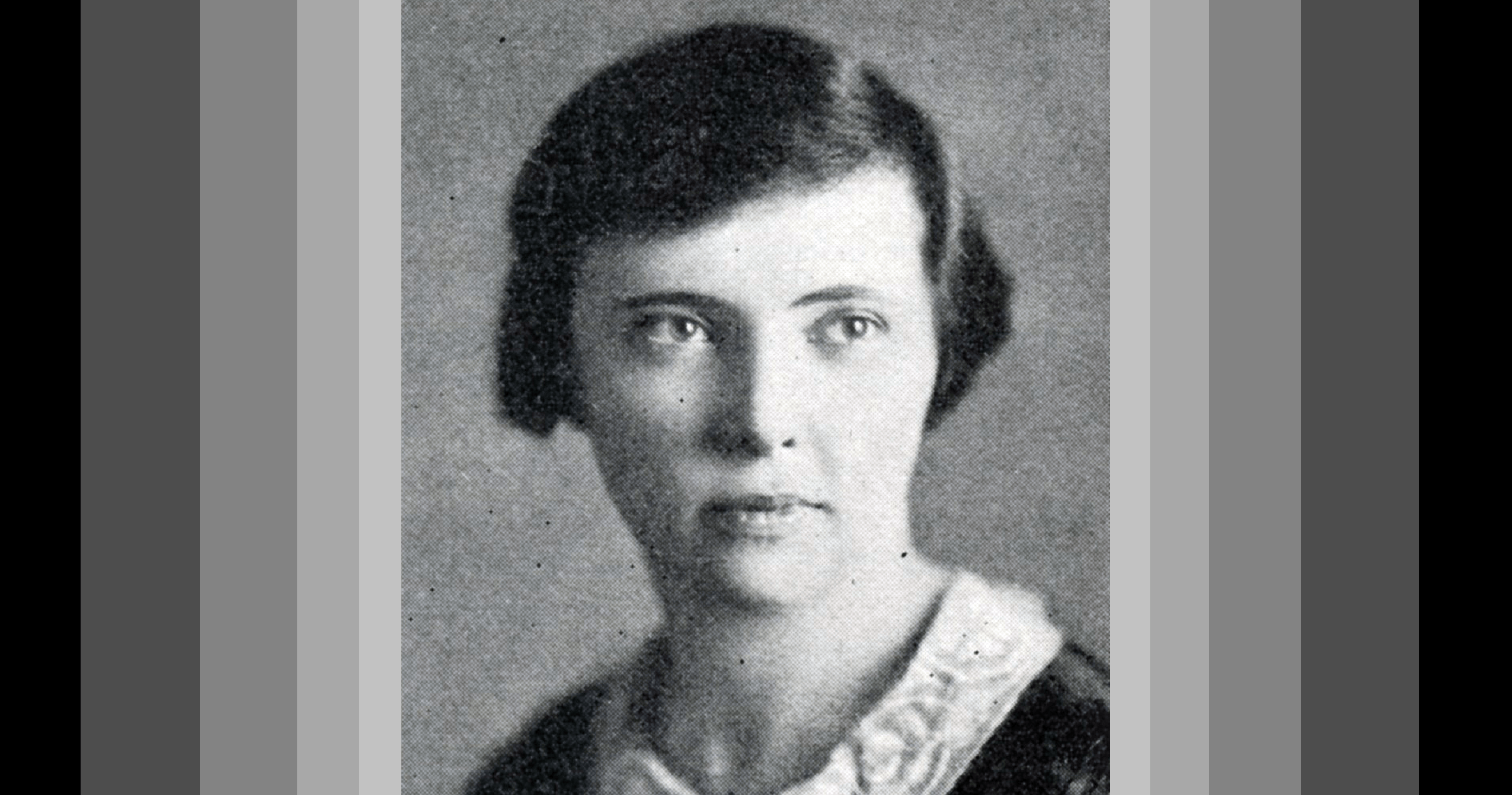It’s Women’s History Month and we are celebrating a few of our Tri Delta trailblazers—sisters who accomplished firsts in their fields, setting the stage and providing inspiration for those of us who follow.
Margaret Goodin Fritsch, Oregon, was a trailblazer for women architects, breaking many barriers for women in the field in her home state of Oregon. Her father believed the best careers for women were nursing or teaching, so Margaret enrolled as a pre-med student at the University of Oregon. She became friends with some students in the School of Architecture whose enthusiasm convinced her to switch her major.
Oregon’s First Woman Architect
Margaret found a mentor in Dean Ellis Lawrence, dean of the School of Architecture and Allied Art, who encouraged her to pursue a career in the field. After graduation, she worked as a draftsman in the office of a prestigious Portland architect. In 1926, she qualified as an architect and became a member of the American Institute of Architects, the first woman licensed as an architect in Oregon. She was selected to serve as the secretary of the Oregon State Board of Architect Examiners, a position she held until 1956.
Designing Tri Delta Houses
One of Margaret’s first projects was designing the Tri Delta house of her chapter at the University of Oregon. In September 1928, she married fellow architect Frederick Armbrust Fritsch. The couple moved to Philadelphia and collaborated on their only joint project, the Tri Delta house at the University of Pennsylvania. Fred Fritsch was quite ill at the time, and it would be his last project. The Fritsches returned to Portland in 1930.
Margaret opened her own practice in 1933, which she operated until 1940. After Fred Fritsch died in October 1934 after a long battle with illness, Margaret was elected an associate member of the American Institute of Architects. She was one of six women affiliated with the organization and the first woman elected in the West.
She continued her own practice, working primarily on residential properties until World War II, when she was hired for site planning for war housing. When the war was over, Margaret and a colleague formed a partnership to do city planning and urban renewal, working for the Portland Housing Authority, then the nation’s largest housing authority.
Alaska City Planner
Margaret fell in love with Alaska when one of their jobs took her to Juneau and Douglas. When her business partner died, Margaret decided to stay in Juneau as a site planner and served as a city planner for Juneau and Douglas until 1959. She moved to Alaska permanently in 1963 as the planning director of a newly formed Greater Juneau Borough.
Margaret retired in 1969 but continued to work on special projects for the borough. On June 27, 1993, she died in Juneau but left a legacy for future women architects.

